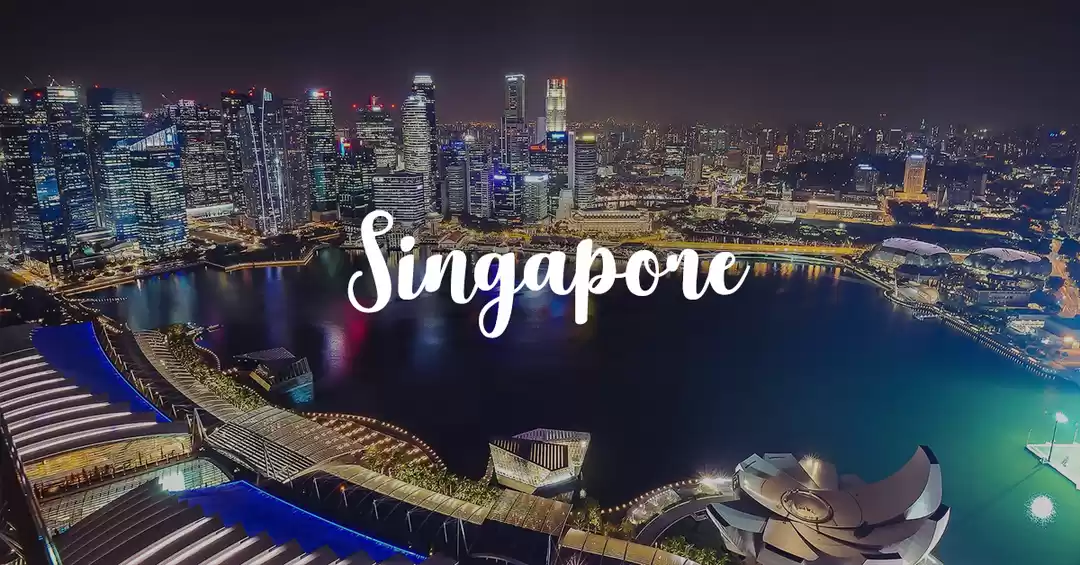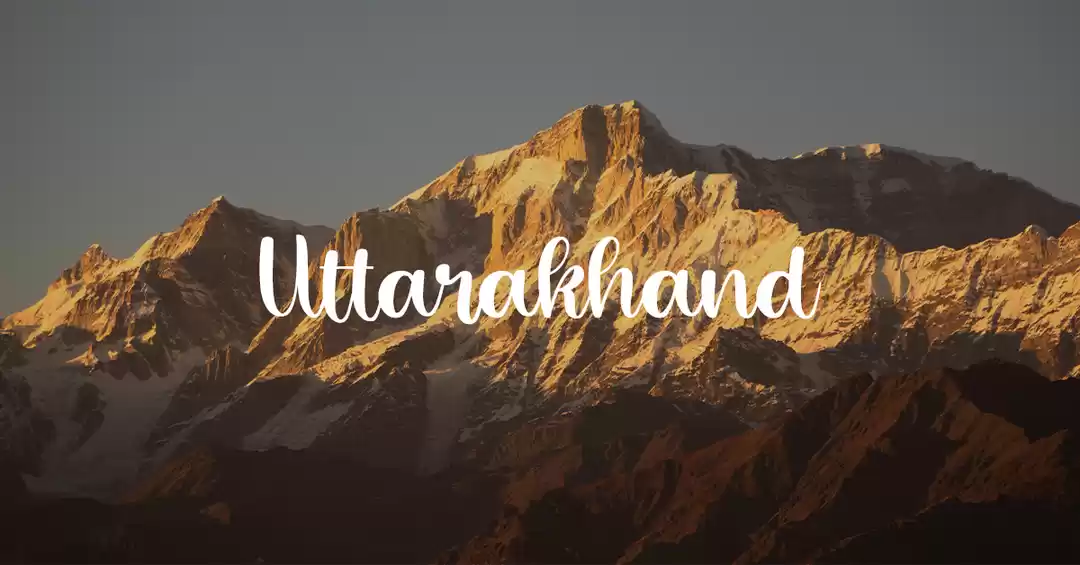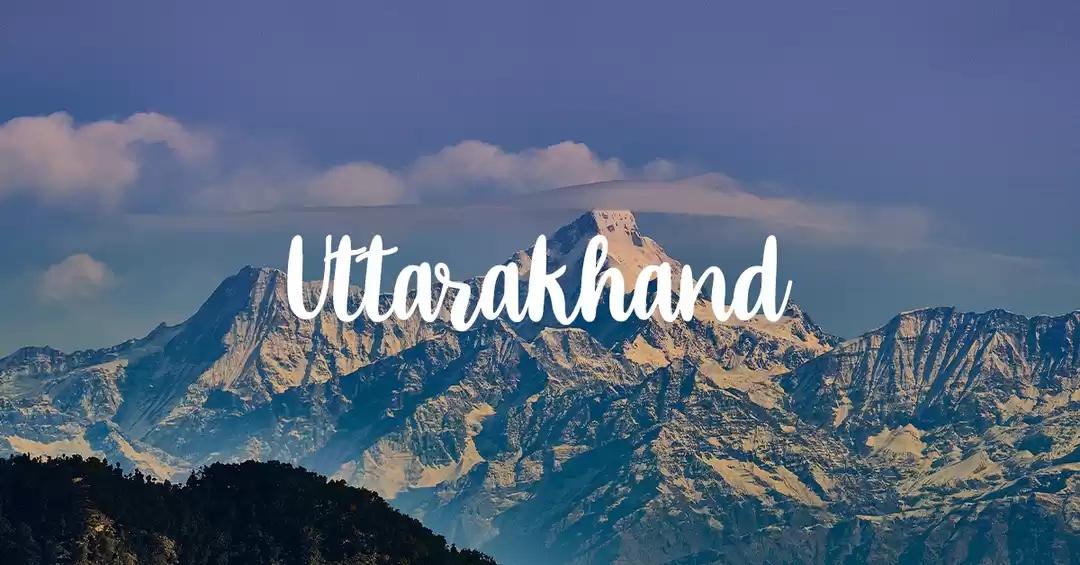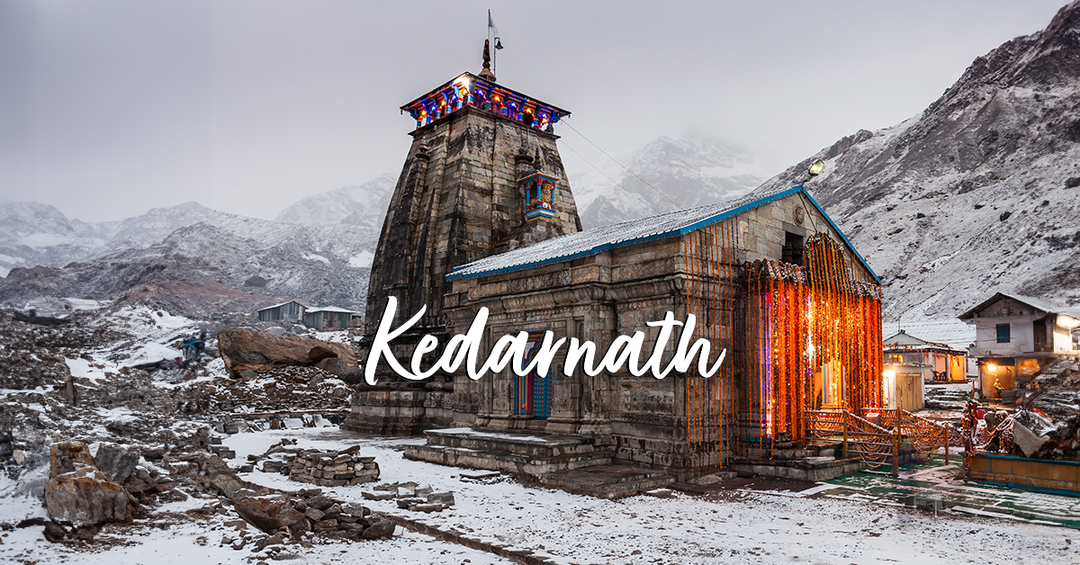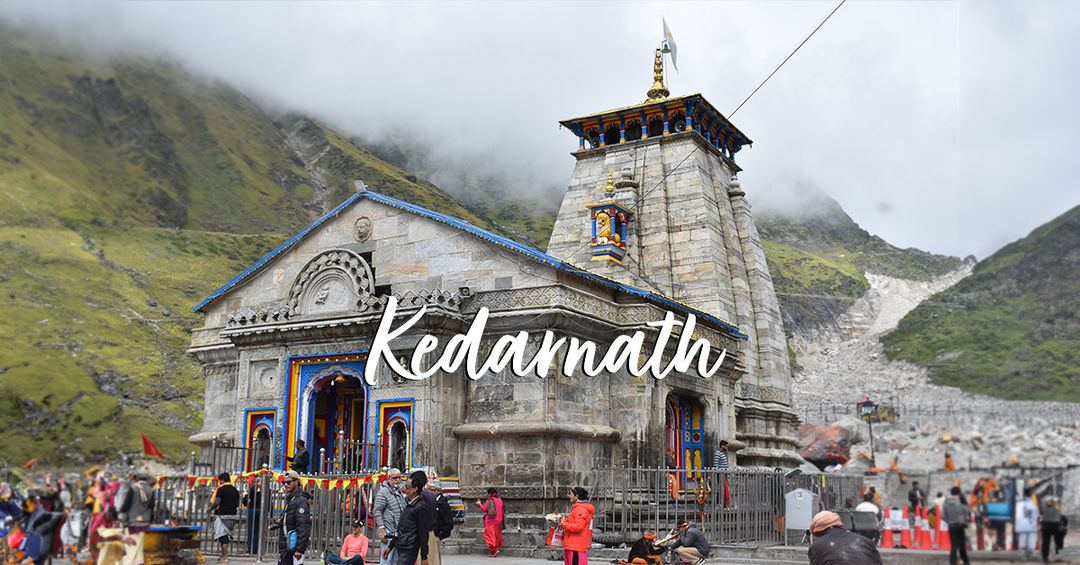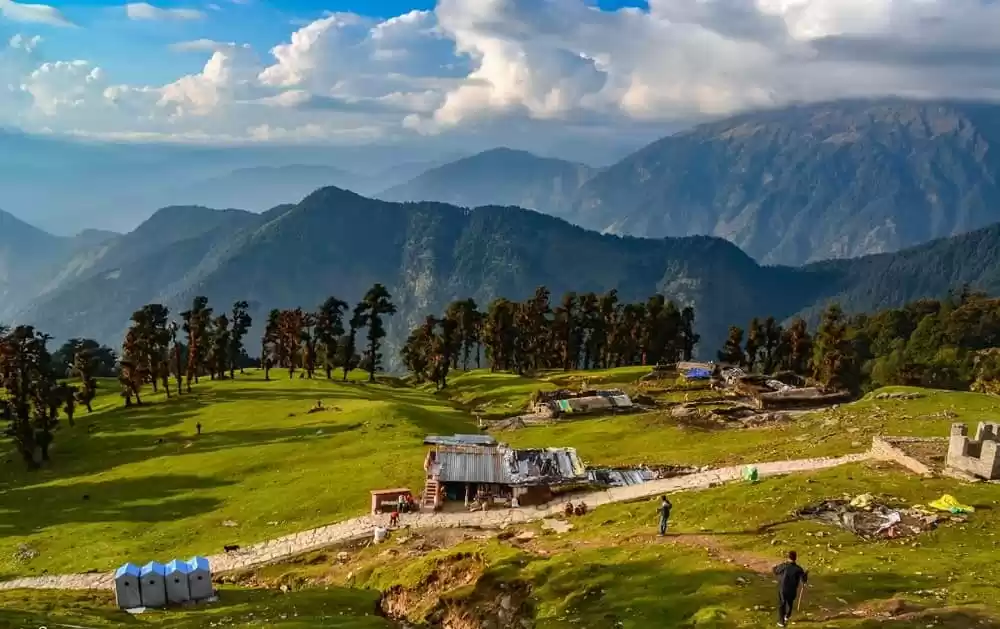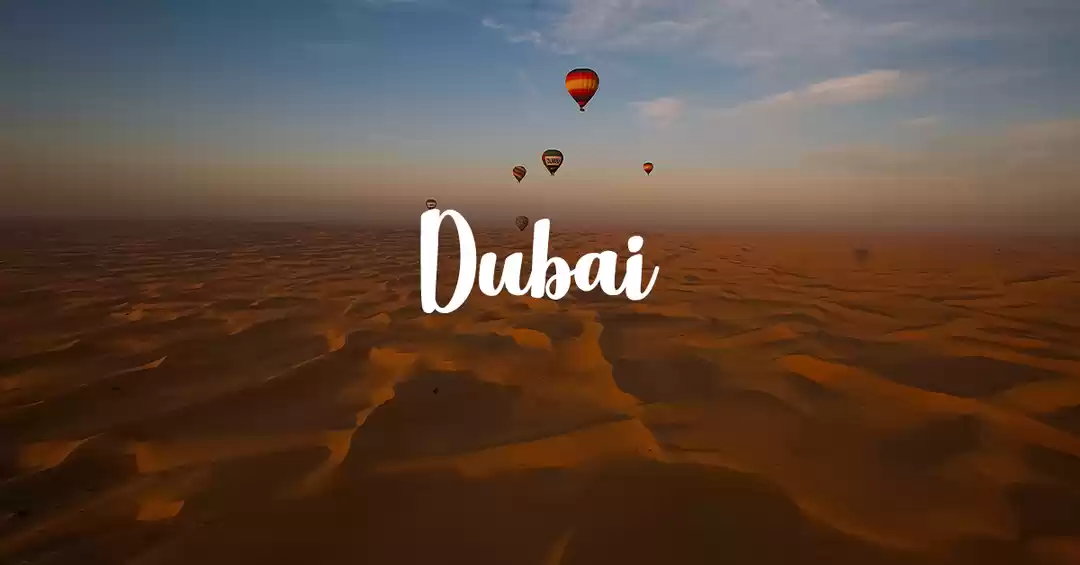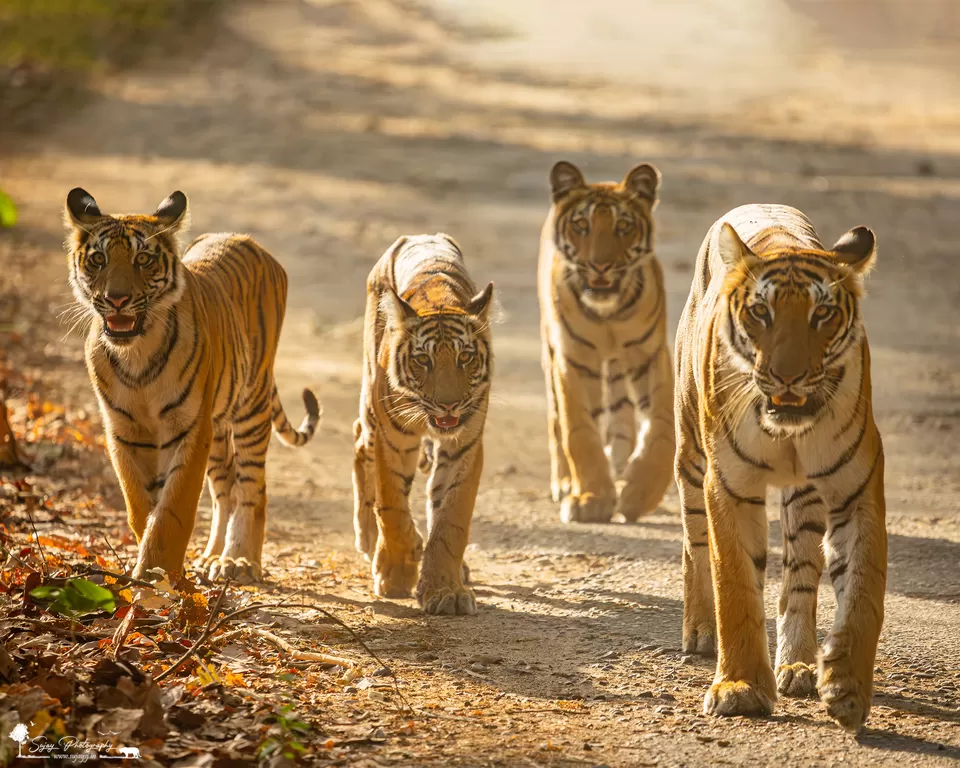
Welcome to the Jim Corbett National Park
Jim Corbett National Park is a national park in India located in the Uttarakhand state. The first national park in India, it was established in 1936 during the British Raj and named Hailey National Park after William Malcolm Hailey, a governor of the United Provinces in which it was then located. In 1956, nearly a decade after India's independence, it was renamed Corbett National Park after the hunter and naturalist Jim Corbett, who had played a leading role in its establishment and had died the year before. The park was the first to come under the Project Tiger initiative.
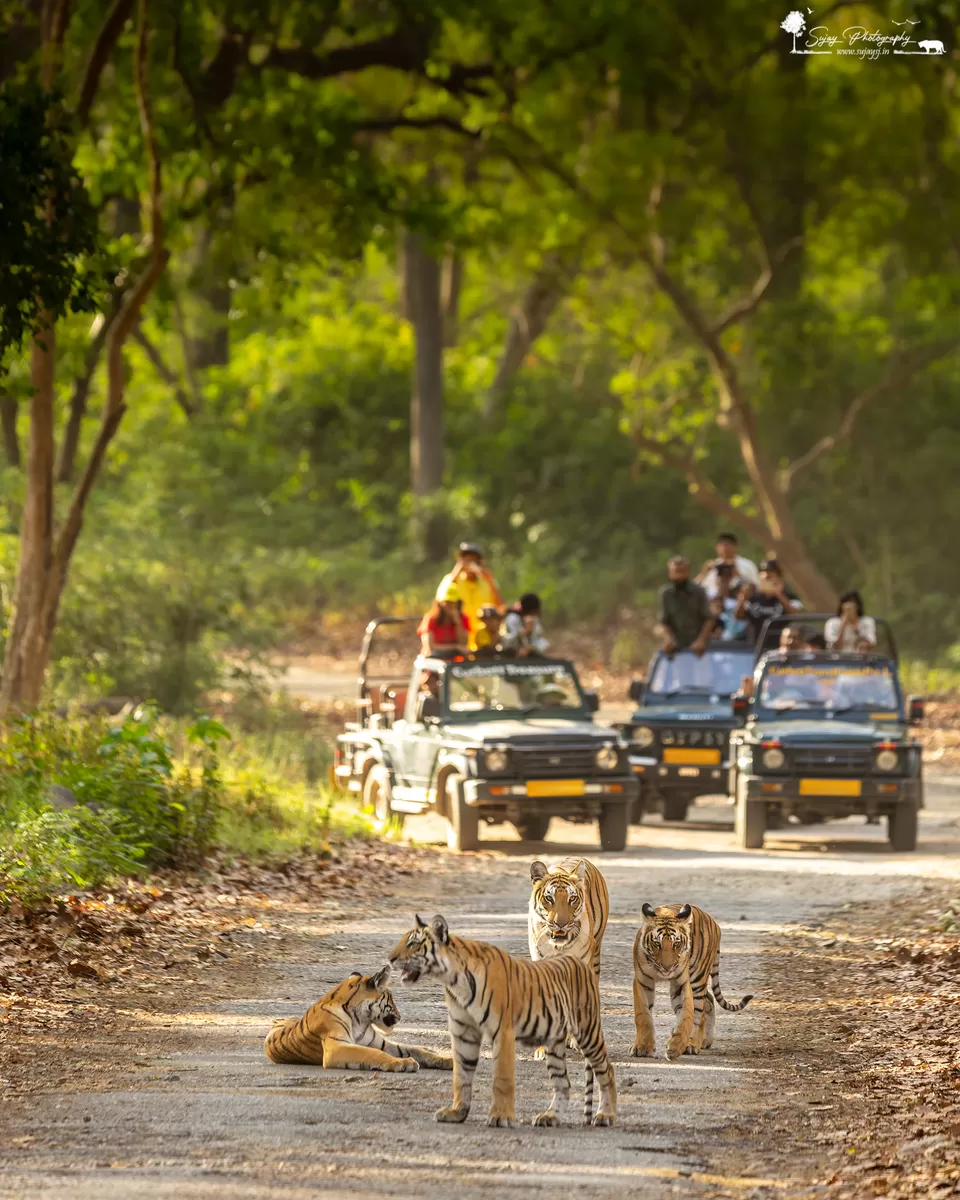
Corbett National Park comprises 520.8 sq. km area of hills, riverine belts, marshy depressions, grasslands and a large lake. The elevation ranges from 1,300 to 4,000 ft (400 to 1,220 m). Winter nights are cold but the days are bright and sunny. It rains from July to September. The park has sub-Himalayan belt geographical and ecological characteristics. Dense moist deciduous forest mainly consists of the sal, haldu, peepal, rohini and mango trees. Forest covers almost 73 per cent of the park, while 10 per cent of the area consists of grasslands. It houses around 617 different species of plants, 110 tree species, 50 species of mammals, 580 bird species and 25 reptile species.
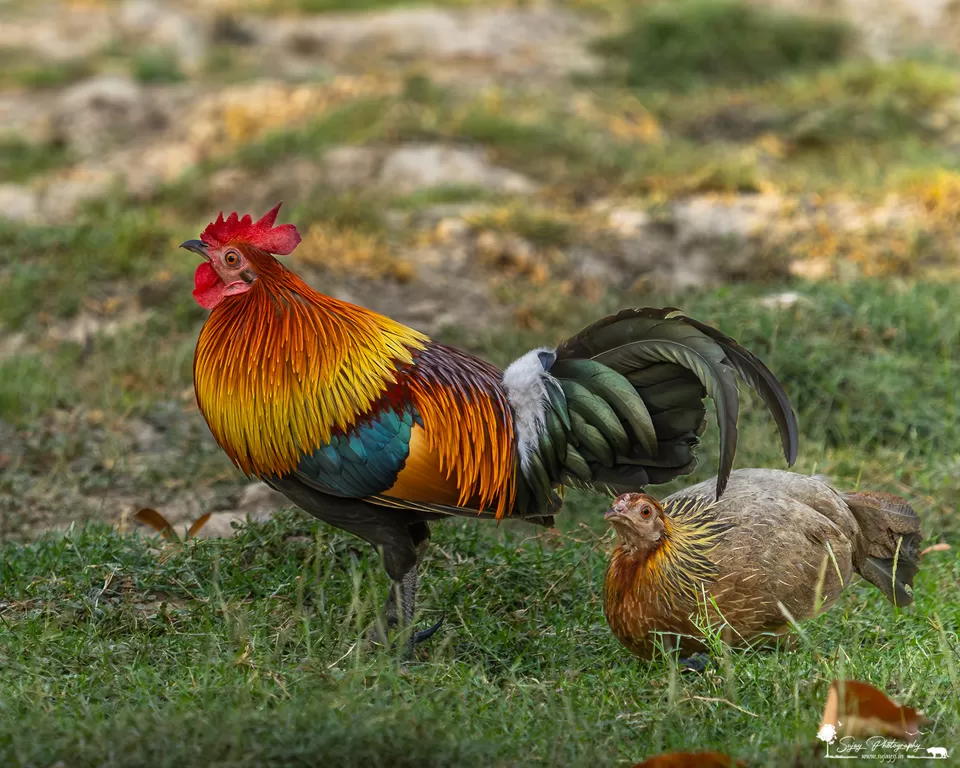
Tourist zones
The Jim Corbett National Park is divided into multiple zones where you can enjoy wildlife safari and stay. Apart from Dhikala, Accommodation facilities are also available at other zones - in Bijrani, Gairal, Jhirna and Kanda forest rest houses. The government has increased accommodation in recent years by introducing additional annexes and dormitories.
Below are the zones, their entry gates and other information -

Dhikala - The premier zone of Jim Corbett National Park
Stay at Dhikala
A wildlife trip to Jim Corbett National Park is considered incomplete without a stay and safari experience in the Dhikala Zone which is the largest zone of the National Park. The Dhikala zone offers accommodations in five Forest Rest Houses (FRH), out of them Dhikala Forest Rest House remains first choice of travellers. The other forest rest houses are - Khinnanauli Forest Rest House, Gairal Forest Rest House, Sarapduli Forest Rest House, Sultan Forest Rest House. Accomodation at Khinnanauli is restricted to only VVIPs and Forest Officials. The rest are available for tourists. All these forest rest houses have solar electric fencing that keeps the tourists safe from the wildlife.
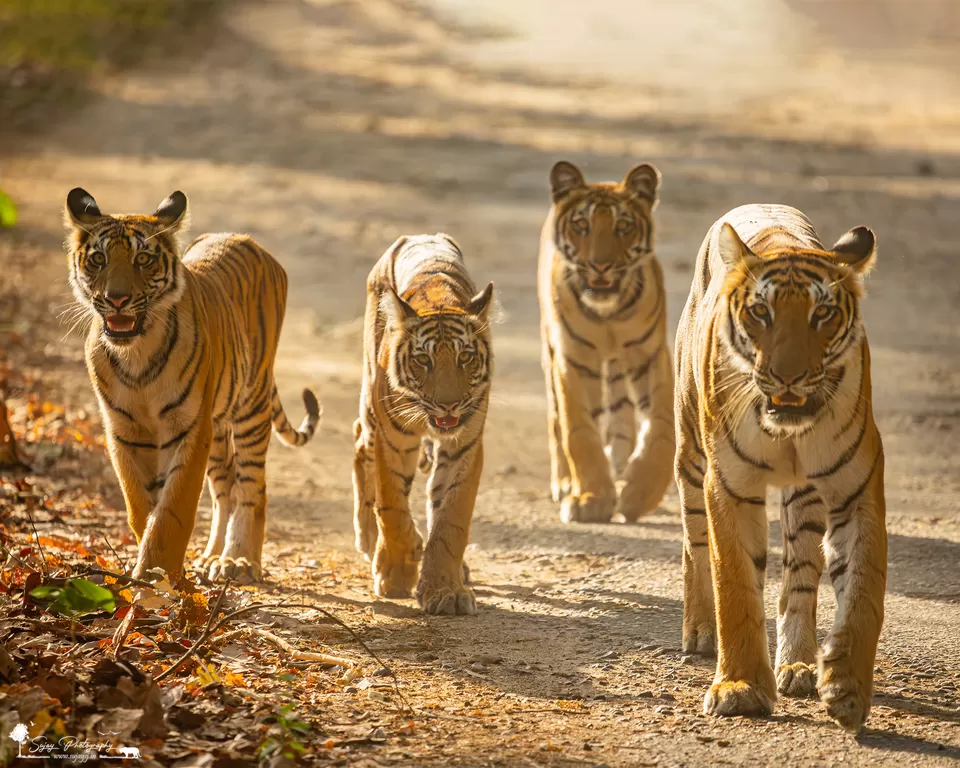
Activities at Dhikala
Wildlife Safari: The main attraction at Dhikala is the wildlife safari. You can embark on an adventurous jeep safari to explore the park and spot various wildlife species. Jim Corbett National Park is home to tigers, elephants, deer, leopards, sloth bears, and many other animals.
Bird Watching: Dhikala is a haven for bird enthusiasts. The park boasts a diverse bird population, including both resident and migratory species. You can indulge in bird watching and catch glimpses of beautiful birds like crested serpent eagles, Himalayan griffon vultures, and the rare Bengal florican.
Nature Walks: Take a guided nature walk around the lodge and its surroundings. Explore the lush forests, grasslands, and riverbanks while learning about the local flora and fauna from experienced guides.
Wildlife Photography: Dhikala provides excellent opportunities for wildlife photography. Capture stunning shots of the diverse wildlife, picturesque landscapes, and vibrant birdlife that the park has to offer.
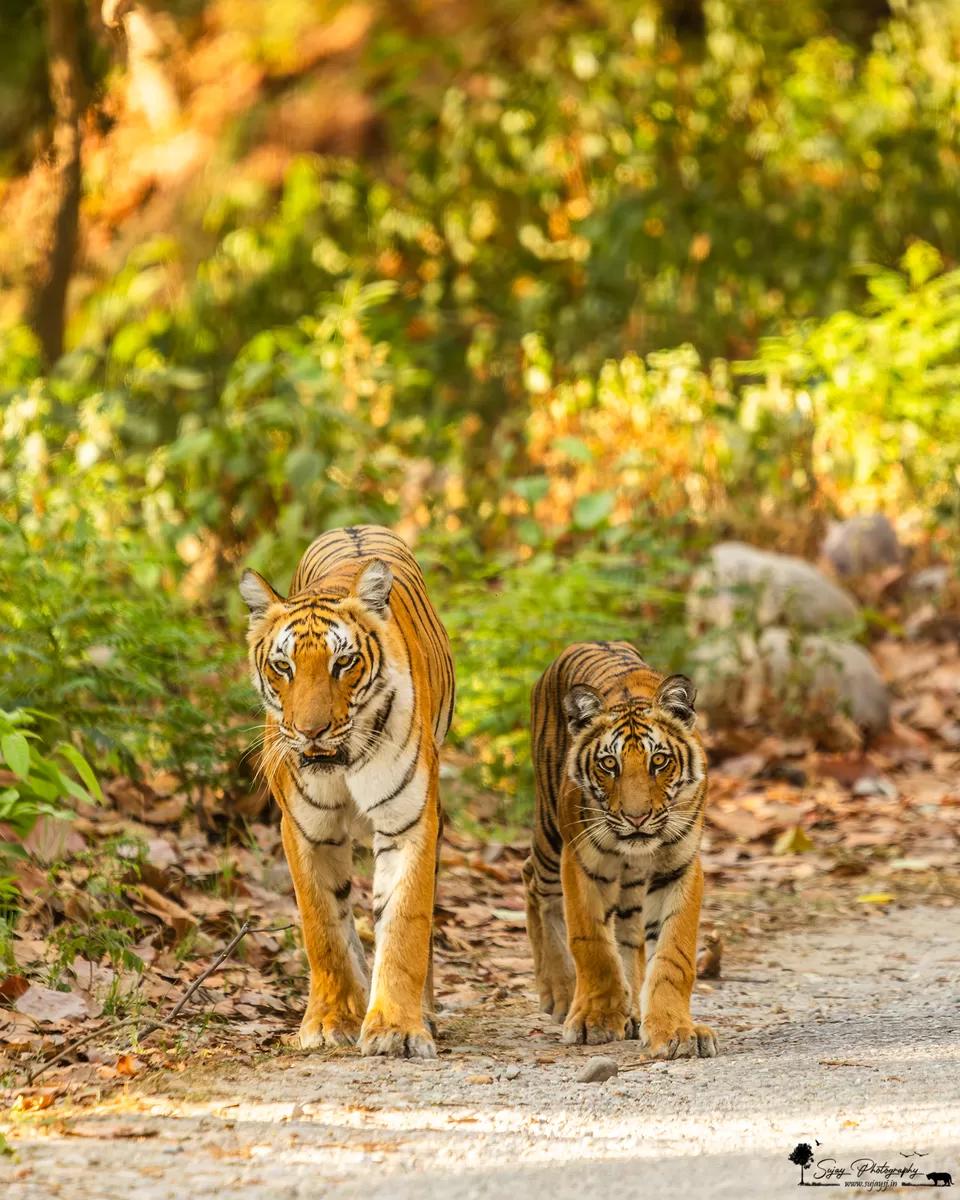
Cost
The cost for the safari and stay keeps changing from season to season. The Dhikala zone is closed during the monsoons and is open from 15th November to 15th June every year.
The cost can range from INR 6000 to INR 12,000 per person, per night and depends on the Forest rest House you choose for your stay. The cost at Dhikala FRH is highest as it provides the most premium accommodation along with a in-house restaurant facility. For the other FRHs, as there is no restaurant available, the visitors need to get the food items from outside and a local caretaker can prepare the required dishes. However, kindly note that it being inside a forest and in the core zone, cooking any non-veg items is strictly prohibited.
Other Luxury Accommodations
Besides the forest rest house accommodations, there are several luxury resorts outside the entry gates and provide budget to luxury facilities. You can stay at any of the resorts and then opt for a canter safari in the Dhikala zone. For other zones, you can opt for jeep safari as well.
How to Reach
Jim Corbett National Park is well connected to a number of major places. However, Ramnagar is the closest town to this park.
By Air: The nearest Airport is the Pantnagar Airport
By train: The nearest town Ramnagar is well connected to major Indian cities via train.
By Bus: Bus facilities can be easily availed from places like Delhi, Lucknow, Dehradun, Nainital, and Ranikhet.
By own vehicle: Ramnagar has good road networks to major places like New Delhi, Lucknow, Nainital, Haridwar, Ranikhet, and Dehradun. However, note that your private vehicle will not be allowed inside the forest and you will need to park it any of the resorts outside the forest.
Other nearby attractions
Kalagarh Dam is located in the south-west of the wildlife sanctuary. Many migratory waterfowl come here in the winters.
Corbett Falls is a 66 ft water fall situated 25 km (16 mi) from Ramnagar, and 4 km (2.5 mi) from Kaladhungi, on the Kaladhungi–Ramnagar highway. The falls are surrounded by dense forests.
Garjiya Devi Temple is sacred to Garjiya Devi and is mostly visited during the Kartik Purnima (November – December). It is located on the bank of the river Kosi, amidst the hilly terrains of Uttarakhand, nearby Garjiya village, at a distance of 14 km. from Ramnagar, Uttarakhand, India.






